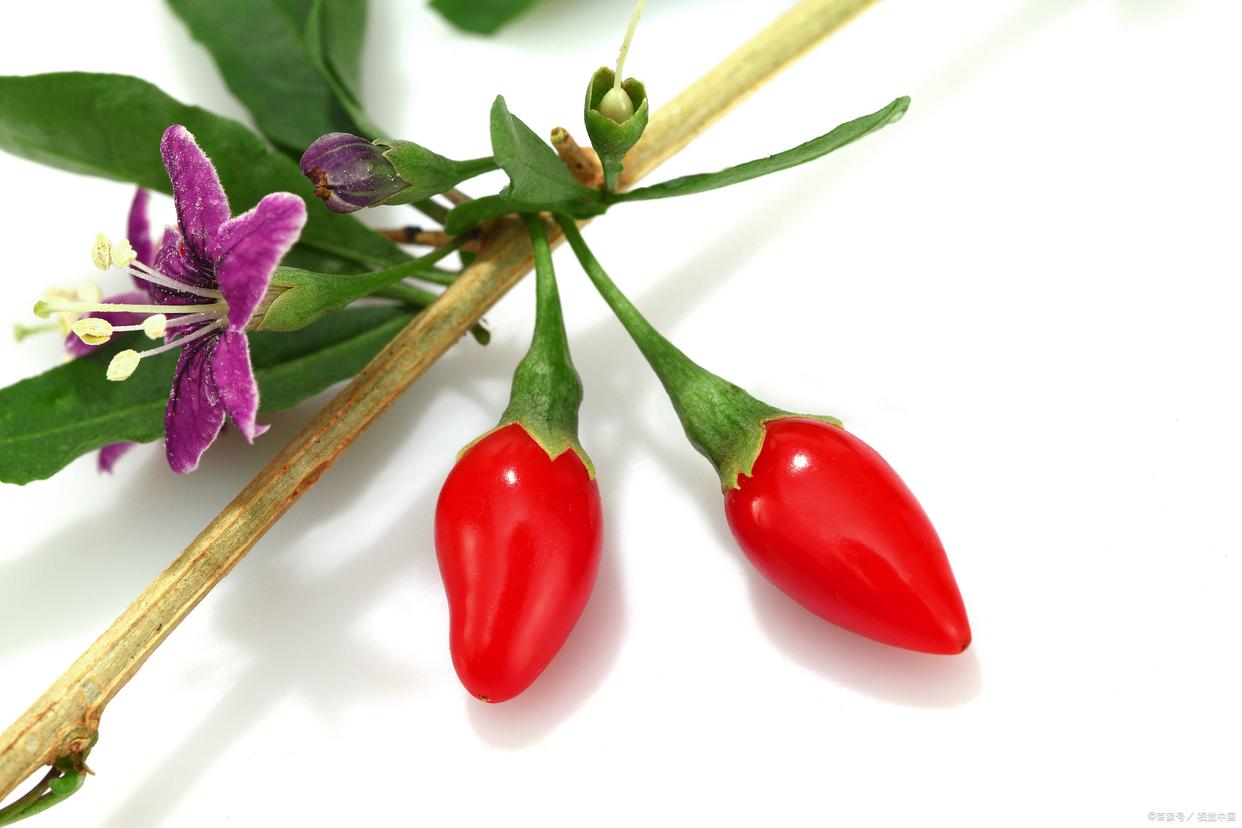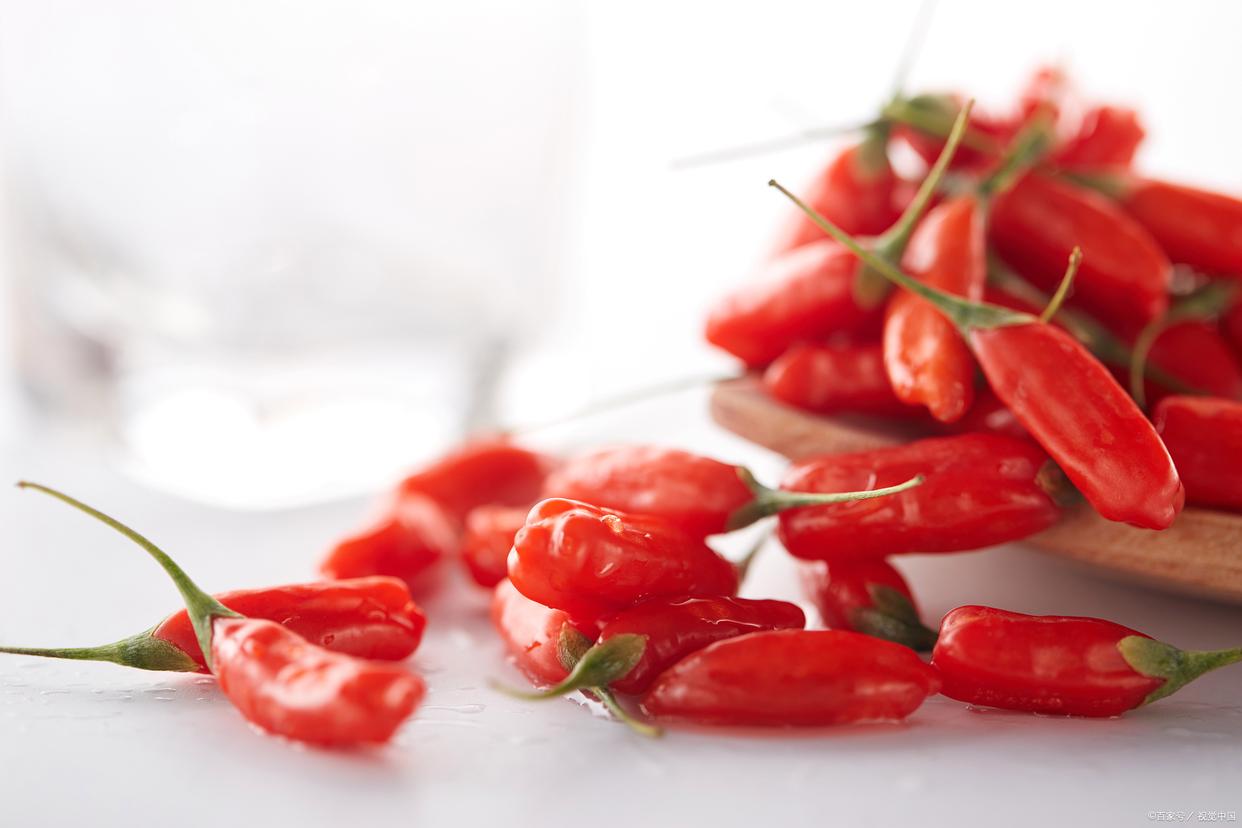Goji berries have long been cherished for their unique nutritional value and medicinal properties. Rich in vitamins, minerals, amino acids, and bioactive compounds like goji polysaccharides and betaine, they are known for boosting immunity, improving vision, and nourishing the liver and kidneys. However, with so many varieties on the market and varying levels of quality, choosing high-quality goji berries has become a major concern for consumers. Today, let’s explore six simple and effective methods to help you distinguish the best goji berries from the rest.

1. Examine the Appearance and Color
High-quality goji berries have a naturally appealing appearance. They should be plump, uniform in size, and exhibit a natural bright red or deep red color with a glossy surface, free from mold or damage. However, if the berries appear excessively vibrant or artificial in color, they may have been chemically dyed, so be cautious when purchasing. Additionally, check the stem area—it should be white or light yellow, indicating that the berries have matured naturally.
2. Smell the Aroma to Verify Authenticity
The fragrance of goji berries is another important indicator of quality. Fresh, high-quality goji berries have a mild, natural fruity aroma that is pleasant and not overpowering. If the berries emit a strong chemical smell or a musty odor, they may be spoiled or artificially processed and should be avoided.
3. Feel the Texture to Assess Quality
Touching the goji berries can also provide valuable clues about their freshness and quality. Good goji berries should feel dry, non-sticky, and slightly firm when gently squeezed. If they feel damp, sticky, or overly shriveled and brittle, it suggests poor storage conditions or prolonged shelf life, leading to reduced quality.
4. Perform the Water Test for Purity
A simple way to test goji berries is by soaking them in water. Place a handful of goji berries in a glass of water—high-quality berries will quickly absorb water and swell up, while the water remains clear and free of impurities. If the water turns cloudy or changes color significantly, it may indicate artificial coloring or added chemicals. Additionally, premium goji berries should taste naturally sweet after soaking, without any bitterness.
5. Check the Place of Origin for Authenticity
The origin of goji berries plays a crucial role in their quality. China’s Ningxia region is renowned for producing premium goji berries due to its ideal climate and soil conditions. Ningxia goji berries are prized for their large size, thick flesh, few seeds, and naturally sweet taste. When selecting goji berries, opting for those from Ningxia ensures better quality and higher nutritional value.
6. Inspect the Packaging for Freshness
Finally, always check the packaging before purchasing. High-quality goji berries are usually sealed in airtight packaging to prevent moisture, oxidation, and contamination. The packaging should also clearly indicate key details such as the product name, origin, production date, shelf life, and manufacturer information, ensuring transparency and traceability for consumers.

Conclusion
Choosing high-quality goji berries doesn’t have to be difficult—by following these six simple tips, you can easily identify fresh, nutritious, and delicious goji berries. However, beyond selecting the best berries, it’s also essential to consume them in moderation according to your personal health needs to maximize their benefits. May everyone who values a healthy lifestyle enjoy the nourishment and protection that goji berries offer!
